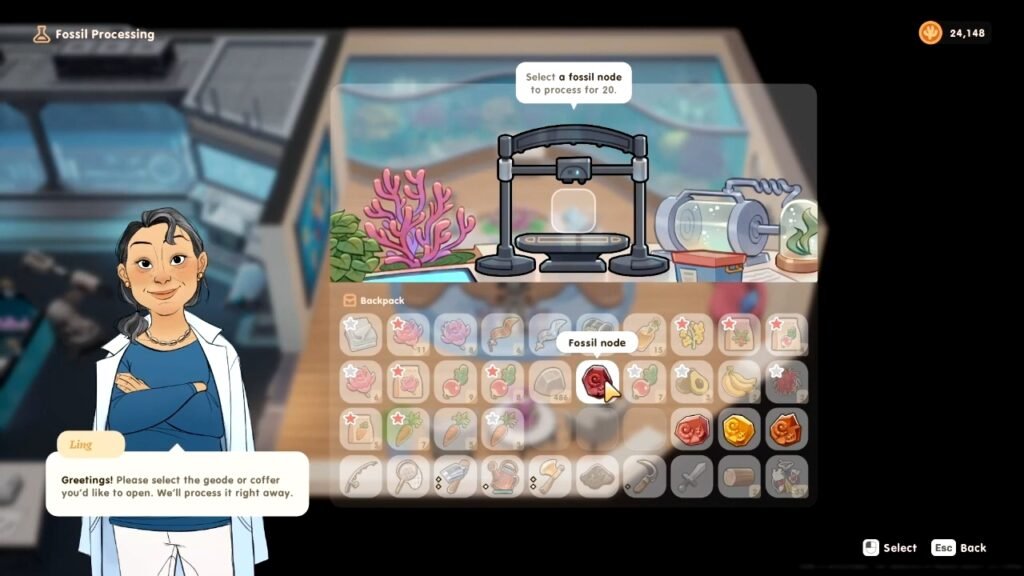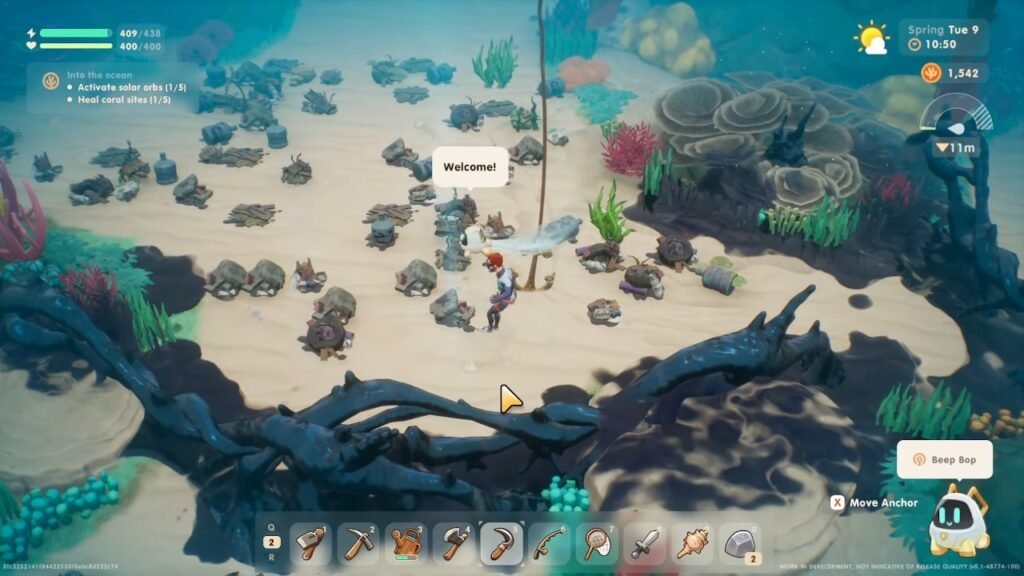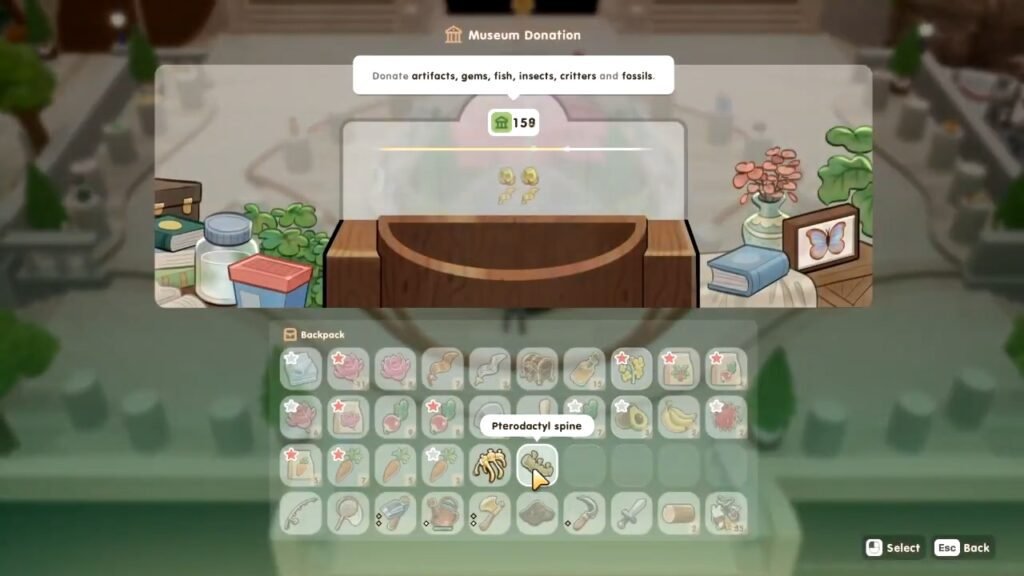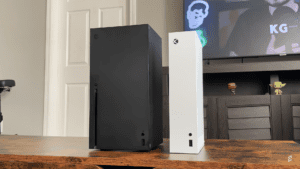Following the footsteps of Stardew Valley and Harvest Moon, Coral Island is a farm sim that showcases its amazing graphics, and comfy gameplay, and lets you dive into the beautiful tropical island world, all with its recent Version 1.0 full release. Now that you’re exploring the full version of the game and completing every task you can find, you probably have the task of renovating the Museum in the game.
In order to renovate this Museum on the island, you need some fossils and bones of animals. These fossils are collectible items you can find randomly in the game. So, if you’re struggling with the quest and want some help locating these bones, we have you covered.
Here’s everything you need to know about collecting and using fossils in Coral Island.
On This Page
How To Get Fossils In Coral Island?

You can get fossils by collecting fossil nodes throughout the Coral Island map and then processing them using 20 coins in Ling’s Lab. You will be able to collect various different bones of Dinosaurs and other prehistoric animals and then submit them to the Museum.
The types of fossils you can find while processing the nodes are:
- Brontosaurus
- Mammoth
- Mosasaurus
- Gallimimus
- Plesiosaurus
- Pterodactyl
- Triceratops
- Tyrannosaurus
- Stegosaurus
- Velociraptor
Black Market
You can also buy fossils directly from the Black Market vendor who runs her boat shop on the nights of Tuesday, Thursday, and Friday, from 20:00 to 22:00.
But keep in mind that these fossils will be quite expensive to buy since you are getting them in the fully finished processed state. If you lack the funds, it is better to explore and collect the nodes than to buy everything in the game.
How To Get Fossil Nodes?

Fossils Nodes are the items that can be processed to get fossils in the game. There are a total of five different fossil nodes. They are:
- Mysterious Node
- Small Node
- Medium Node
- Large Node
- Water Node
Each one of these has random drop rates and can be found in various different areas of the map. The most common areas to get each Fossil Node are:
| Node Name | Location |
| Mysterious Node | Beach (Tilling Sand), Underwater Dive (clearing trash, and breaking sandstone) |
| Small Node | Farm (tilling soil, breaking rocks), Mines (breaking sandstone) |
| Medium Node | Farm (tilling soil), Mines (breaking medium or large rocks, and breaking sandstone) |
| Large Node | Farm (tilling soil), Mines (breaking large rocks, sandstones) |
| Water Node | Beach (Tilling Sand), Underwater Dive (clearing trash, and breaking sandstone) |
You will have a much higher chance of finding the nodes underwater and in mines than randomly at your farm since there is much more area to cover. If you find random four-leaf clovers while exploring the island, make sure to use your farming tool and hope for a chance to drop a fossil node.
Now that you have the fossils by processing all your collected fossil nodes, time to use them all.
How To Use Fossils In Coral Island?

To use the Fossils you have found through your Coral Island playthrough, simply go inside the Museum and submit them using the donation box in front. Once you have submitted every piece, your Museum will receive excellent renovations and your fossils will be displayed inside glass cases.
You can always sell already submitted fossils for some coins or keep them as collectibles inside your house and decorate accordingly.
That’s it for our fossils guide. Be sure to check out our Coral Island section on the website for more guides like this.





